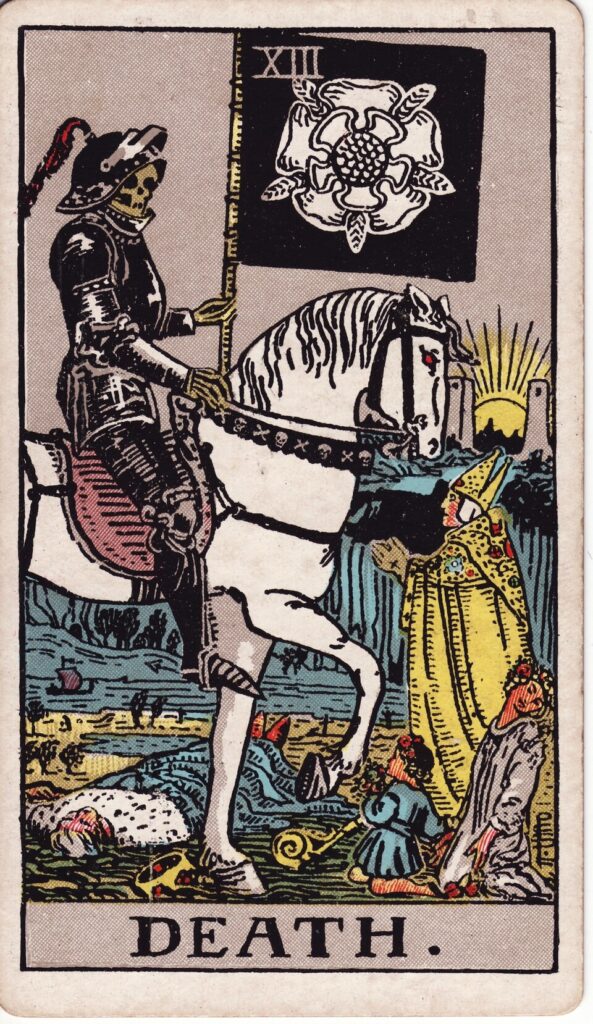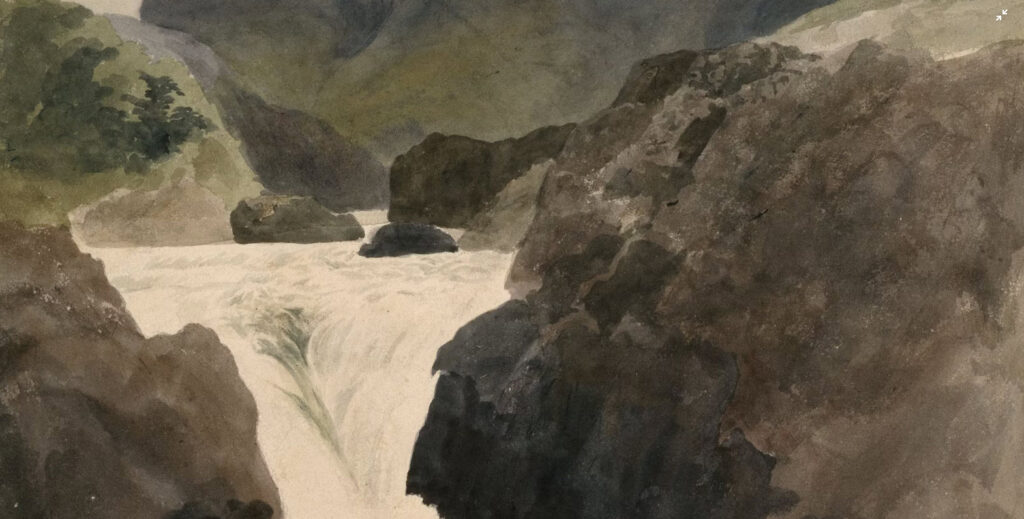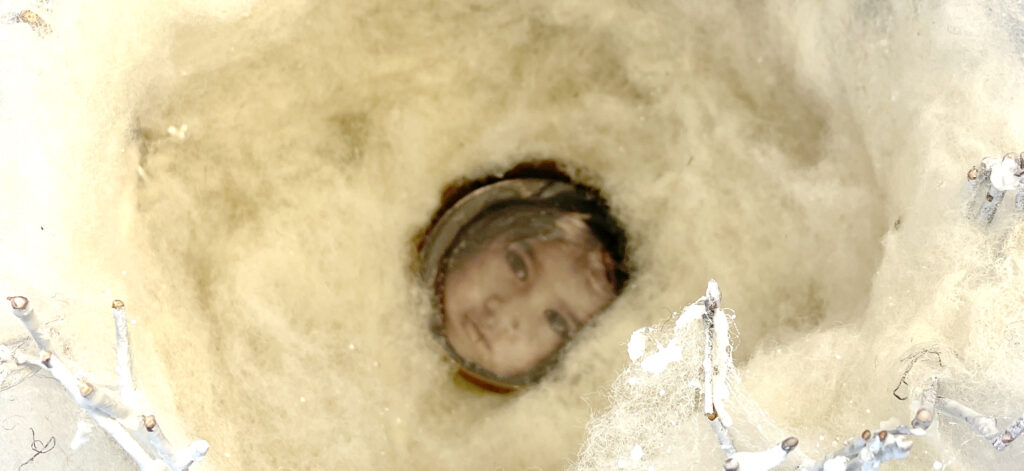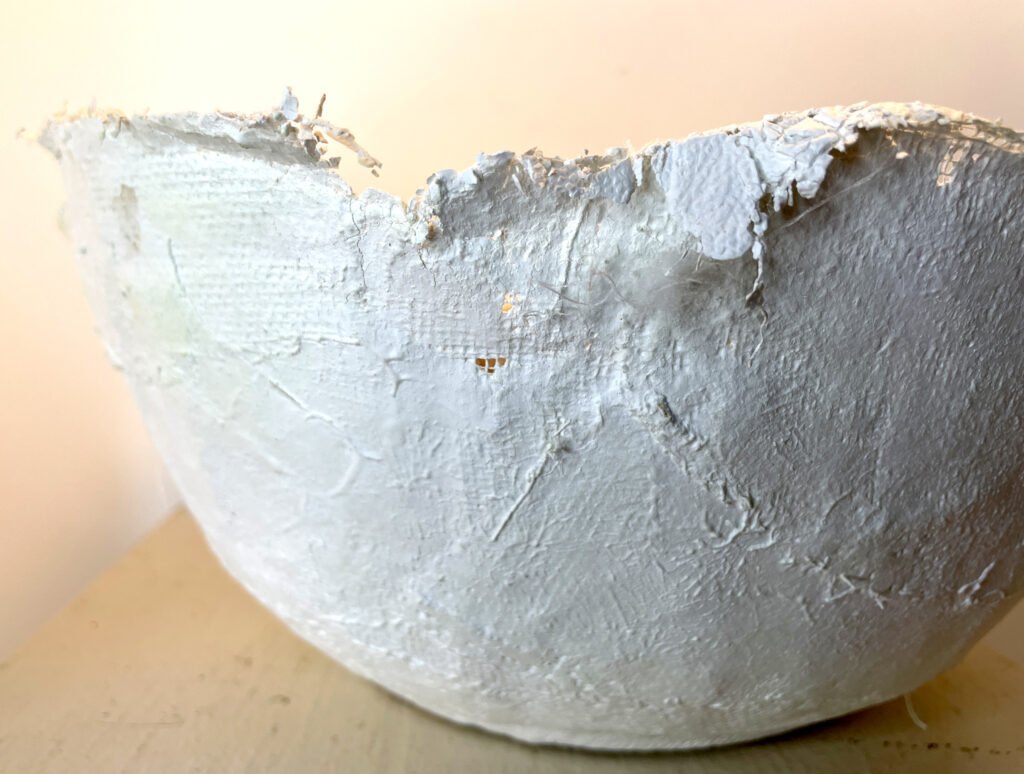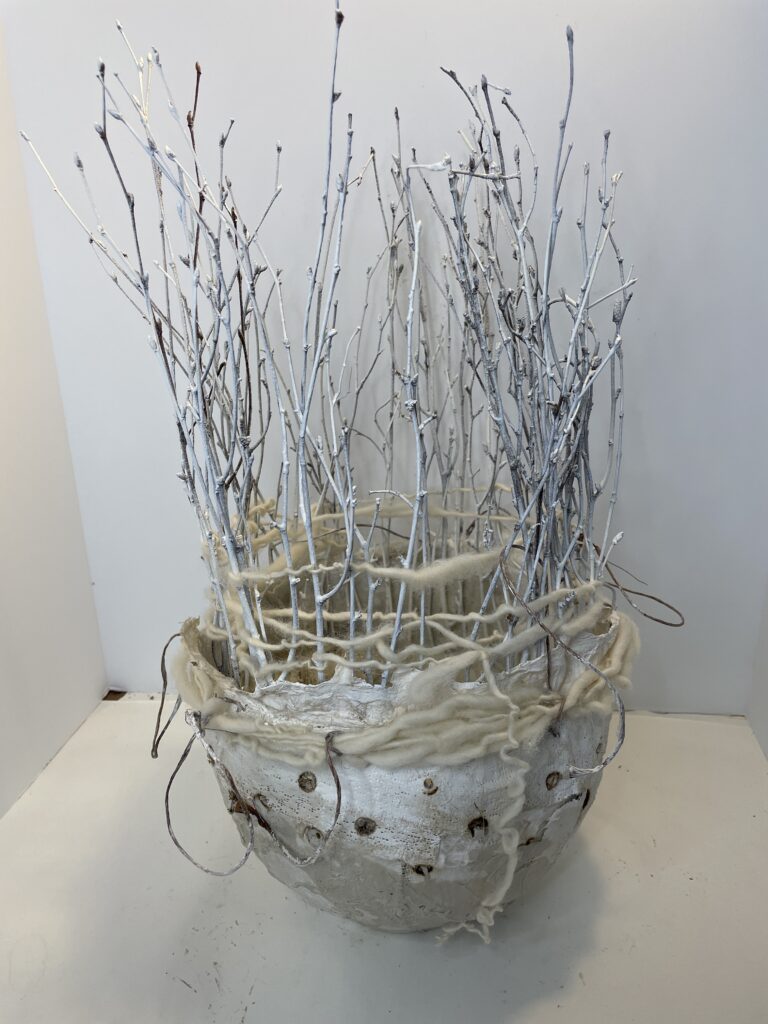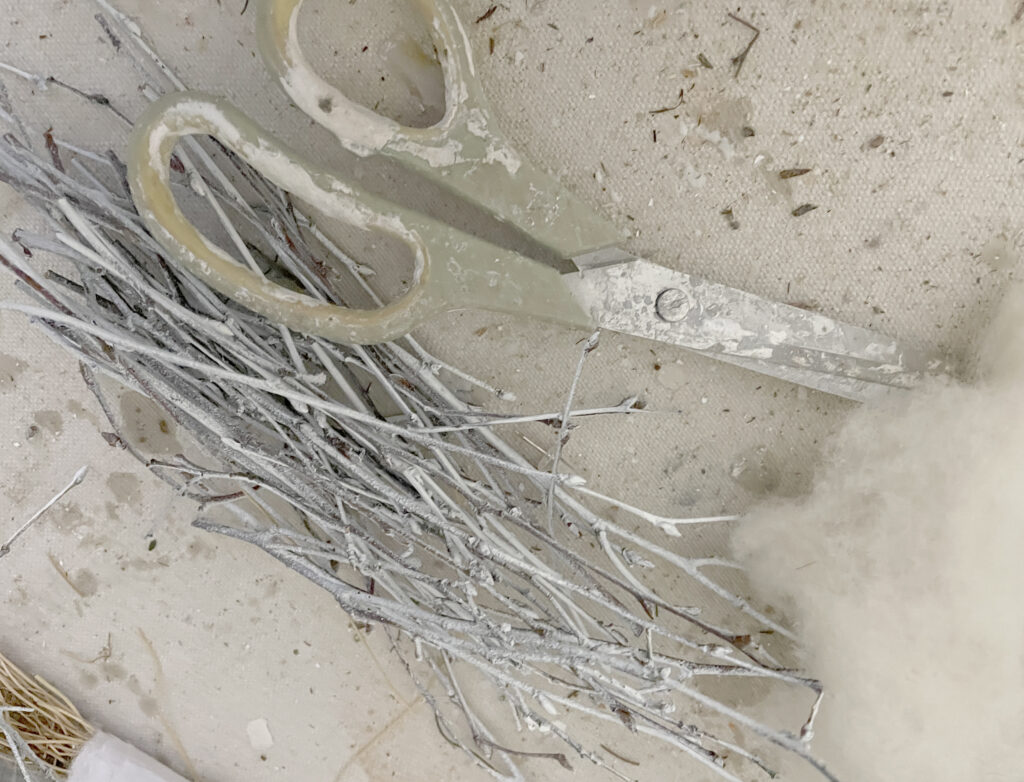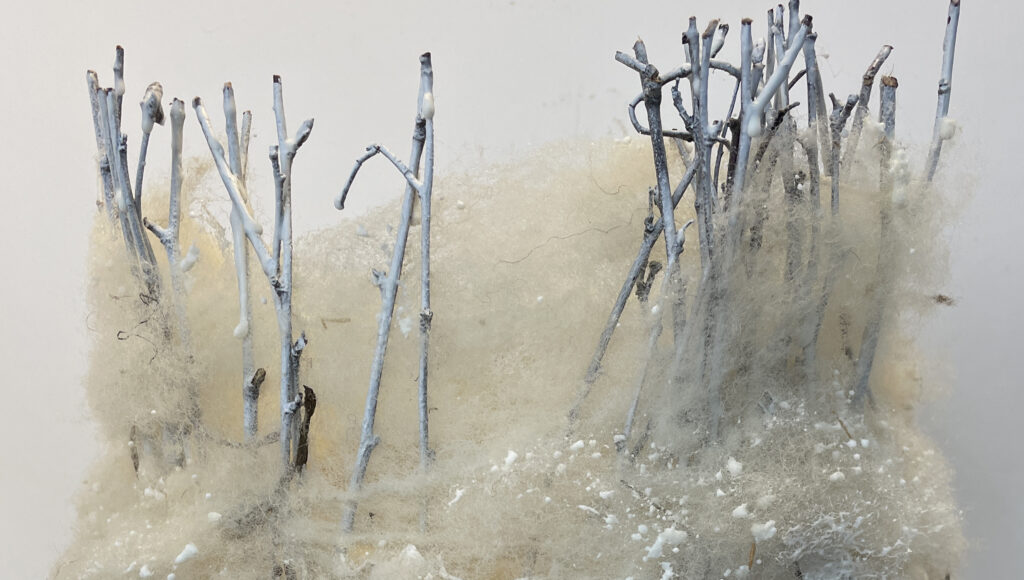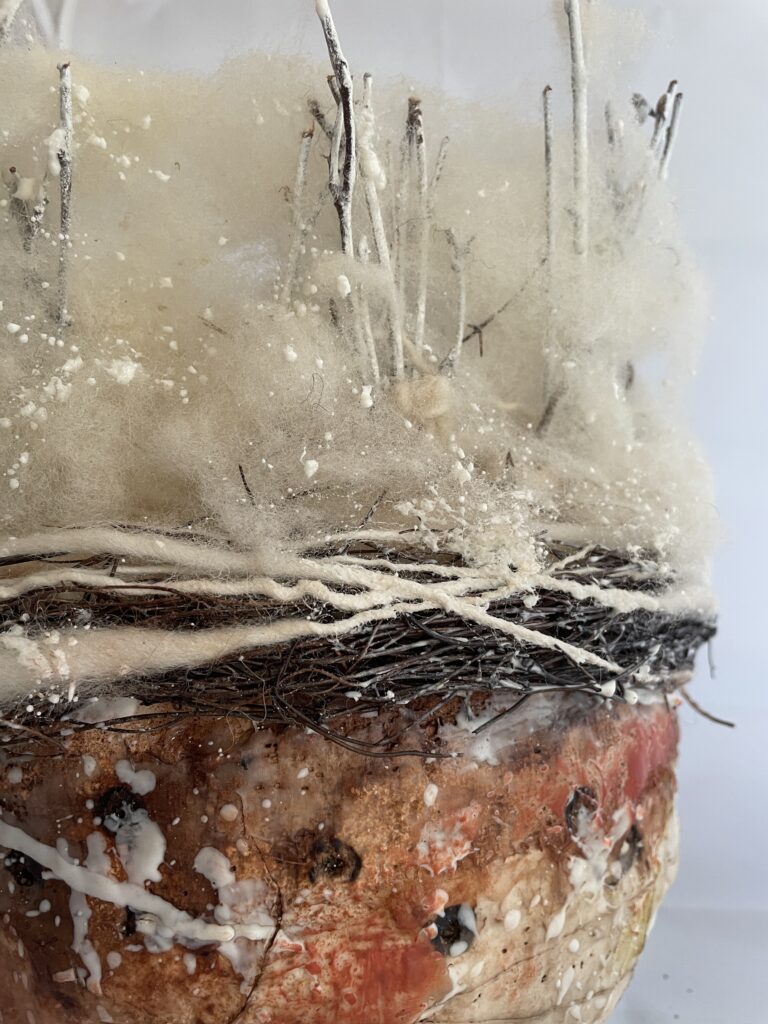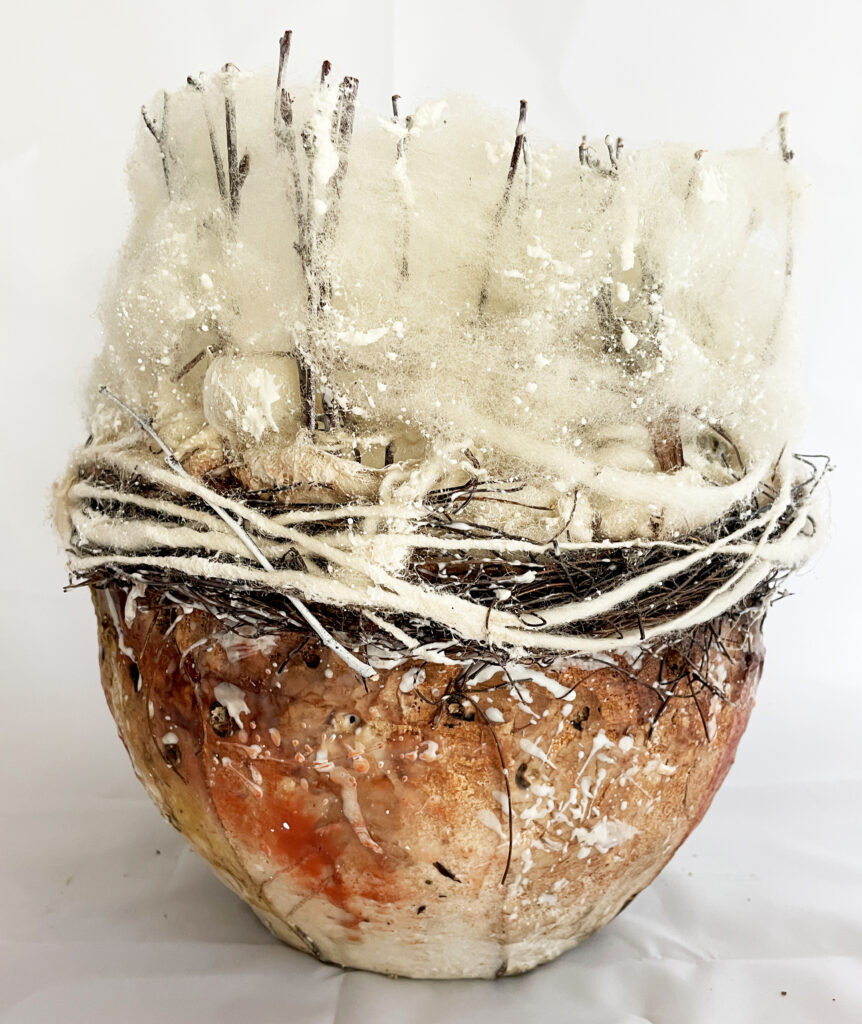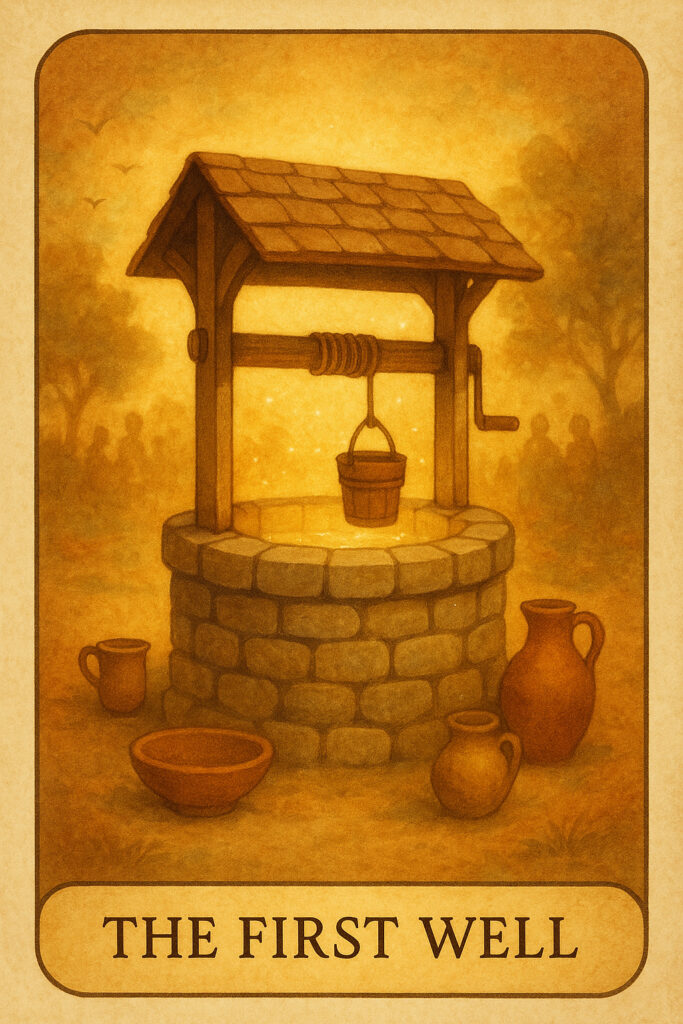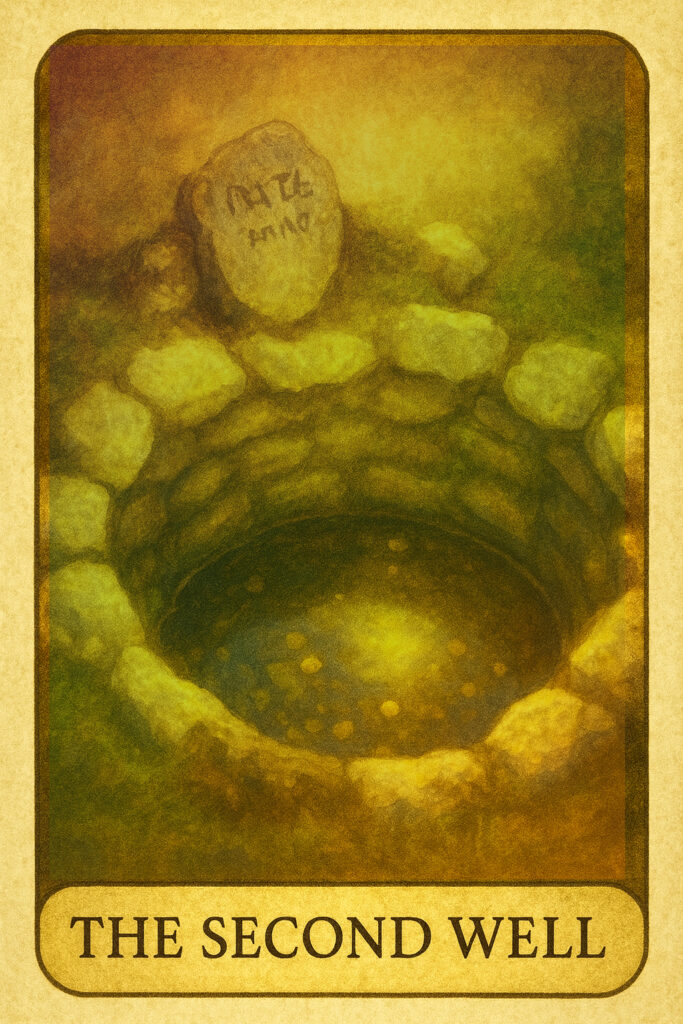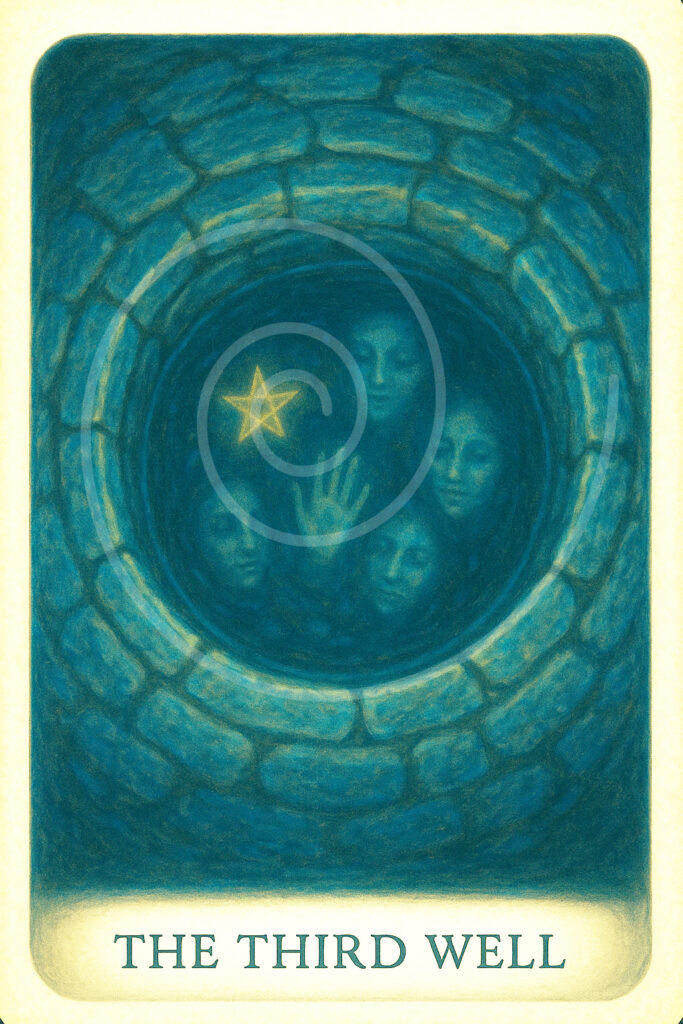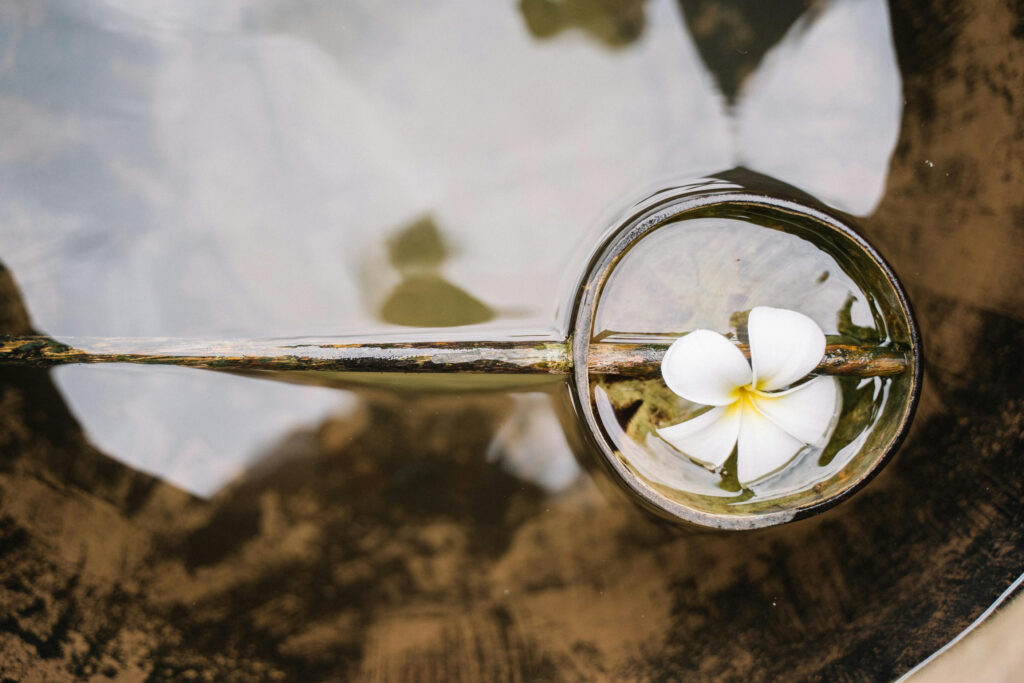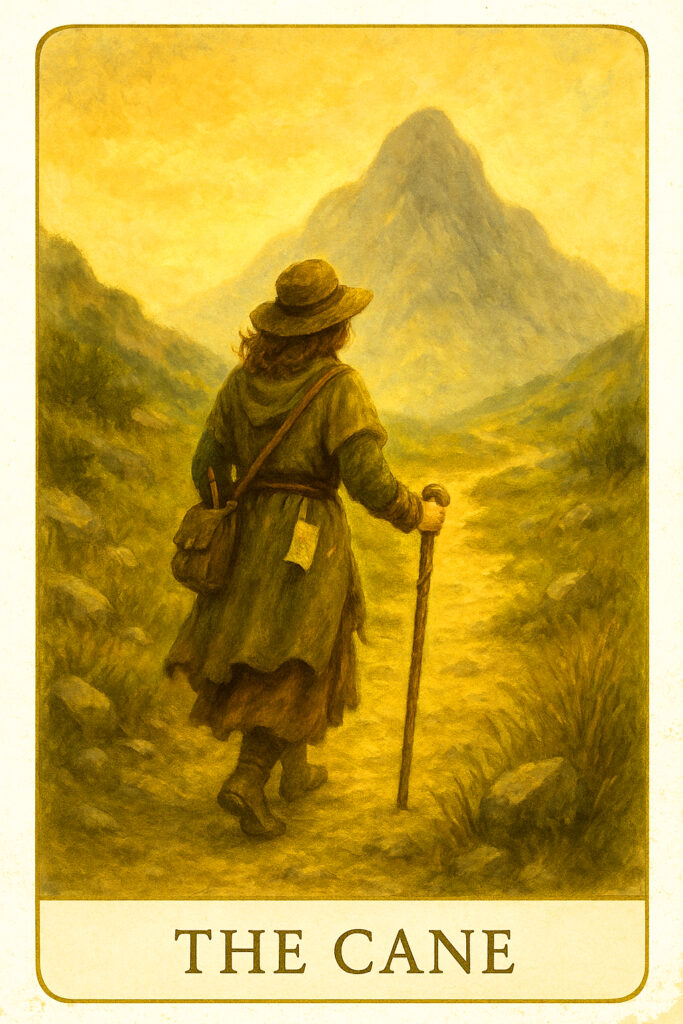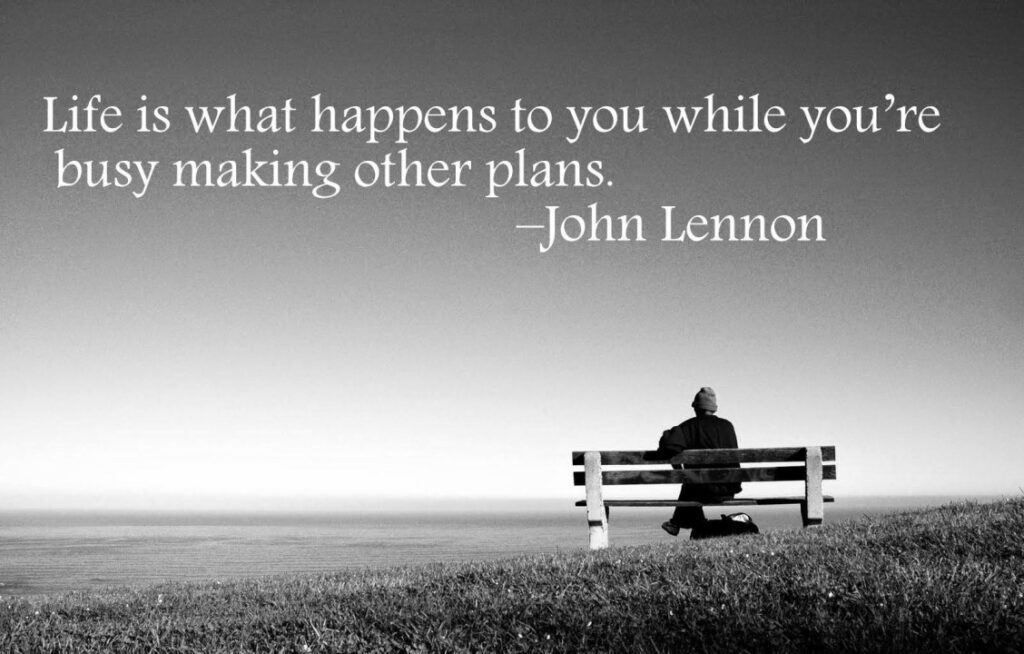
Michelle Belto and I are ready to begin the fall term with our Enso Circle Continuing Residents, the group that is sort of like “alumni” from our online artists’ residency program which will reopen next spring.
I am so grateful to that group because they’re often the inspiration for my Enso Oracle cards. Their questions and the information we all share within the group are things that every artist copes with or celebrates in one way or another as we try to fit in our work with our life. That can be a huge job, right?
EEEK! It’s the Death Card! Yikes!
Nobody likes to pull the Death card in a tarot spread—it sounds ominous, even though it often means transformation or release. But what about creating quieter, more complex twin, the Life card?
Life is more unpredictable, more unruly, than death. Death is final; life interrupts. Life barges in uninvited, derails studio practice, pulls us away from the easel or the loom or the kiln. Life collides with intention—family calls, health falters, bills pile up, or maybe you win the lottery?? It not always bad, but it always disrupts.
When I created the Life card for the Enso Oracle, I wanted something as profound as the tarot’s Death card, but with less fear and more practical application to the artist’s journey. Life doesn’t end things in the same way death does—it reshapes them, tests them, and insists on being part of the process.
For an artist, drawing the Life card is a reminder that we live in a field of interruptions and detours. Yet within those interruptions lies the raw material of art itself: the texture of real experience, the unpredictable weather of being human.
What the Life Card Means
When the Life card comes up, it doesn’t say, “Stop creating.” It says, “Look at what is unfolding.” Life often looks like a distraction, but in truth it is the source of the deepest work. The missed studio hours, the detour from your schedule, the unplanned season of caregiving or crisis—all of these shape the inner landscape that eventually makes its way into your art.
In this sense, the Life card is not an obstacle but a grounding force. It tells us that art is not made apart from life; it is made because of it.
An Example: Interrupted Practice
I know an artist (a painter) who had to abandon a large canvas midway because her father grew ill. The painting sat untouched for months while she traveled back and forth between hospital visits and home. At first, she resented the interruption. But when she returned to the studio, she realized the canvas had been quietly waiting. The work resumed, but it carried something new—an undercurrent of tenderness and vulnerability she could not have painted before that season of life unfolded.
The interruption had not ruined the work. It had deepened it.
Another example is my own. Several years ago, I was facing a rushed deadline for an exhibit (I’m a procrastinator by nature), when a sudden family emergency took us out of town for a week. Thankfully, all turned out well with the family, but I came back to the studio in what I thought was real trouble. What surprised me, though, was how the forced pause gave me time to think more clearly. Away from the pressure of materials and mess, I imagined new approaches, and in that space I discovered a collage technique that not only saved the project but has become a mainstay of my practice ever since.

Drawing the Life Card as an Artist
So what does it mean when you draw the Life card?
-
It may be telling you to forgive yourself for missed studio days.
-
It may be reminding you that your creative path is not separate from the messy, glorious whole of existence.
-
It may be inviting you to weave the day’s interruptions—joyful or painful—into the story your art is telling.
Because Life, for all its unpredictability, is the well from which we draw.
______________________________________________________________

LIFE
Keywords: interruption, arrival, change, reality, presence
Interpretation (Upright):
Life comes to the door without warning. You may have had plans, momentum, even clarity—but now, something is shifting. This card reminds you that your creative path exists within the greater rhythm of life, not apart from it. Whether it’s a new opportunity, a deep loss, or a sudden turn, Life is asking you to pause and open the door. It may feel inconvenient or even frightening, but this is part of being fully human. Honor the moment, even if it interrupts your art. One day, it may become your art.
Interpretation (Reversed):
You may be resisting change or holding tightly to plans that no longer fit. When Life knocks, we don’t always feel ready—but pretending not to hear the knock doesn’t stop it. Reversed, this card suggests a reluctance to surrender control, even when the path forward is already unfolding. Can you make room for the unknown without losing your center?
Reflection Questions:
- When has life redirected your creative path—and what grew from it?
- What might happen if you welcomed interruption as part of the journey?
Affirmation:
I open the door, even when I don’t know what comes next.
_____________________________
A Closing Reflection
The next time Life shows up, whether in a card spread or in the form of an unexpected event, pause before you push it away. Ask: What is this teaching me? How can I hold this moment as part of my practice, not against it?
The Life card reminds us that without life—its surprises, its detours, its demands—there is no art. It’s the reminder that to be alive is already to be creating. Yay for Life!

